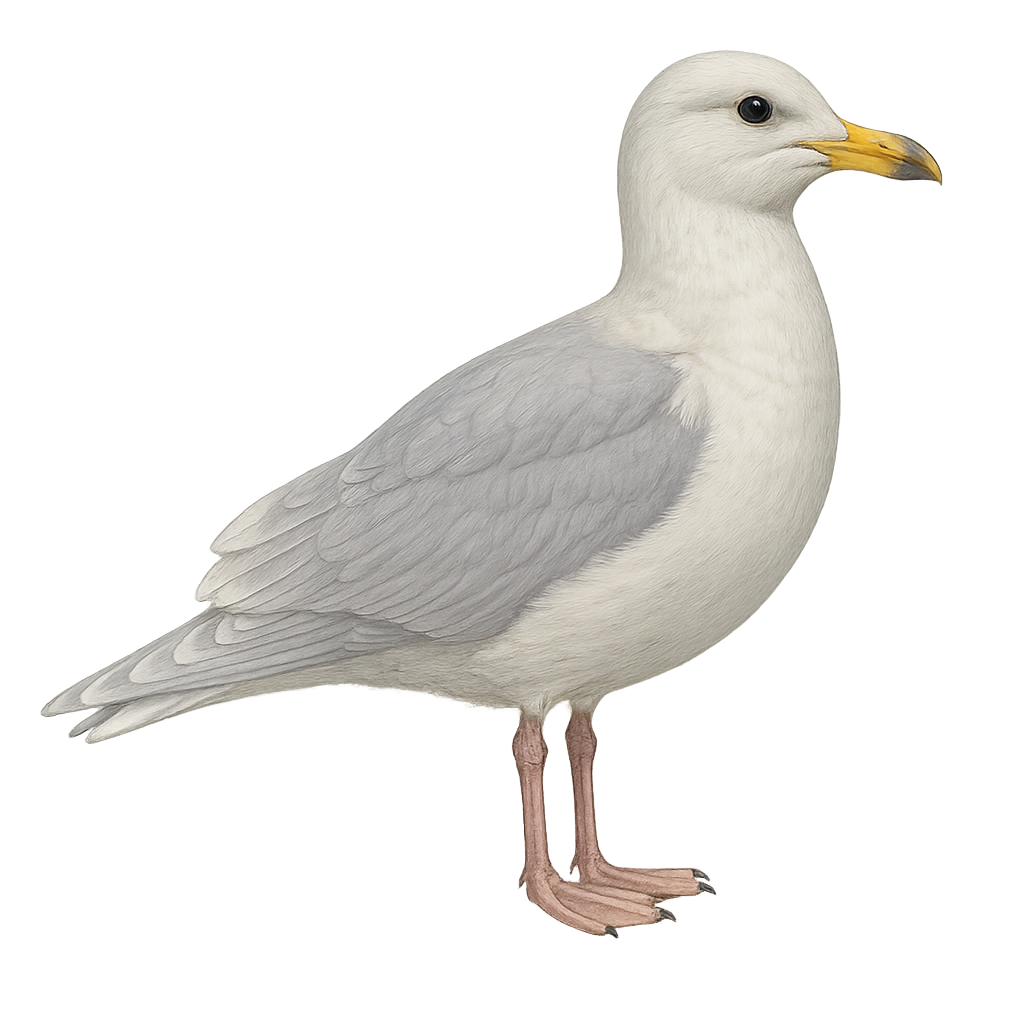Your wildlife photography guide.
Explore the iceland gull in detail, study its behavior, prepare your shots.
Where to observe and photograph the iceland gull in the wild
Learn where and when to spot the iceland gull in the wild, how to identify the species based on distinctive features, and what natural environments it inhabits. The WildlifePhotographer app offers tailored photography tips that reflect the iceland gull’s behavior, helping you capture better wildlife images. Explore the full species profile for key information including description, habitat, active periods, and approach techniques.
Iceland Gull
Scientific name: Larus glaucoides

IUCN Status: Least Concern
Family: LARIDAE
Group: Birds
Sensitivity to human approach: Suspicious
Minimum approach distance: 10 m
Courtship display: May to June
Incubation: 24-27 jours
Hatchings: June to July
Habitat:
Rocky coasts, cliffs, subarctic islands
Activity period :
Primarily active during the day, with peak activity in the morning and late afternoon.
Identification and description:
The Iceland Gull, or Larus glaucoides, is a medium-sized seabird primarily found in Arctic and subarctic regions. It is notable for its pure white plumage and pale grey wings, lacking the black markings typical of many other gulls. During the breeding season, it nests on coastal cliffs and rocky islands, often in mixed colonies with other gull species. Its diet is varied, including fish, crustaceans, and human waste. As a migratory bird, it winters further south along the Atlantic coasts of Europe and North America. Its flight is graceful and powerful, and it emits distinctive high-pitched calls.
Recommended lens:
400 mm – adjust based on distance, desired framing (portrait or habitat), and approach conditions.
Photography tips:
To photograph the Iceland Gull, choose early mornings or late afternoons to take advantage of soft, flattering light. Use a telephoto lens of at least 400mm to capture precise details without disturbing the bird. Be patient and observe its flight habits to anticipate its movements. Cloudy days can provide ideal diffuse light to avoid harsh shadows. Finally, always respect the safety distance to avoid stressing the animal and achieve natural shots.
The WildlifePhotographer App is coming soon!
Be the first to explore the best nature spots, track rutting seasons, log your observations, and observe more wildlife.
Already 1 429 wildlife lovers subscribed worldwide

